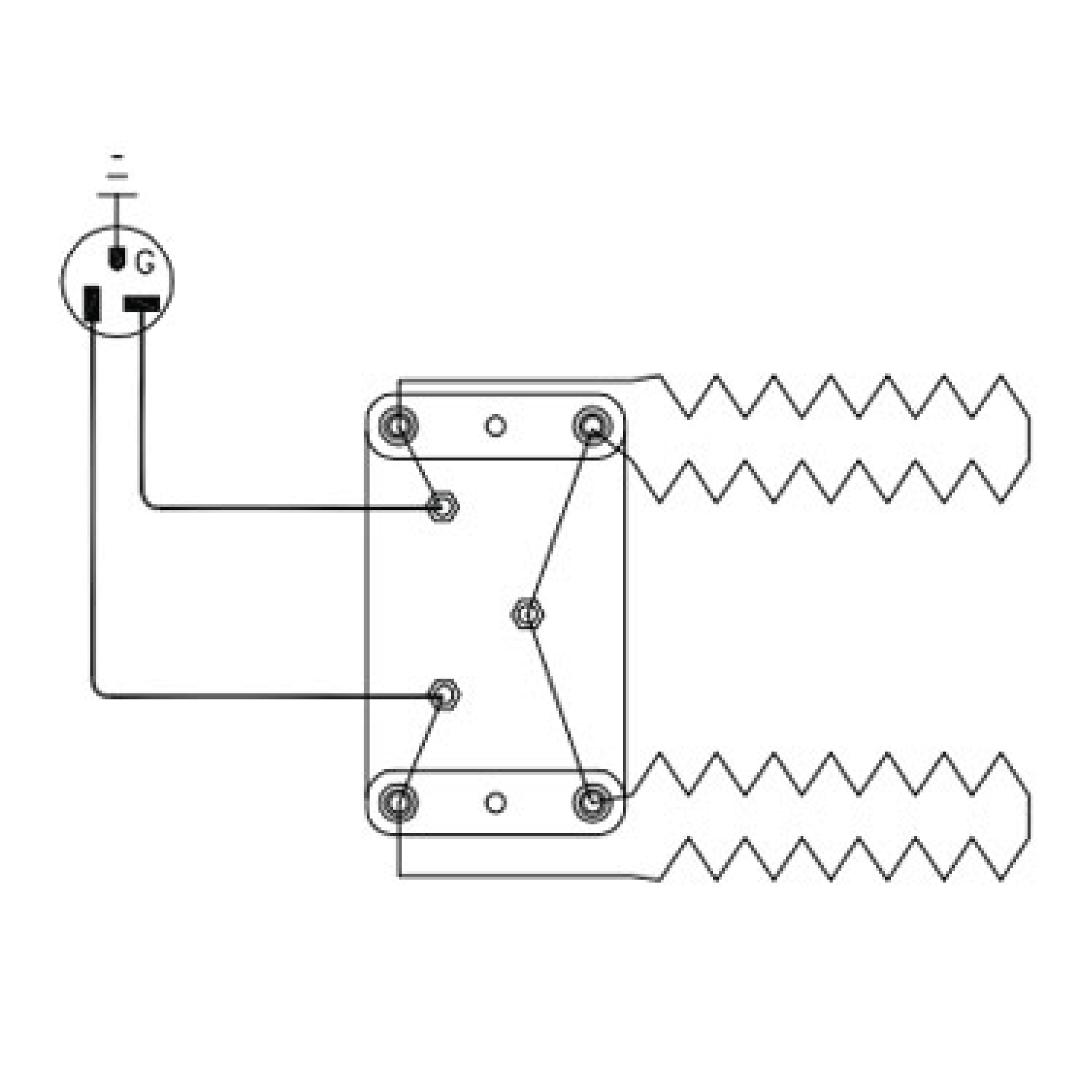See https://www.youtube.com/video/LT6VAD7em_0
In this video we will explore the adjustments you can make while actively firing on the L&L kiln Genesis Control.
See https://www.youtube.com/video/eFXekMFdd6I
In this video we will show you how to set an alarm on an L&L kiln Genesis Control.
See https://www.youtube.com/video/5Z44qX2ZiUw
This is an overview of the data menu on an L&L Genesis Control.
See https://www.youtube.com/video/r1Jg18_EwlA
In this video we will explain how you can find the number of firings on your L&L kiln Genesis Control.
See https://www.youtube.com/video/oS5r78BhFXI
In this video we will review how to export firing log data on an L&L Genesis control.
If you are trying to troubleshoot a problem send your log files to service@hotkilns.com for analysis.
See https://www.youtube.com/video/pILfUMaeKvw
In this video we will review the options for restoring presets on an L&L kiln Genesis Control.
See https://www.youtube.com/video/nfyz8djCn74
In this video we will explore the options for output 4 on an L&L kiln Genesis Control
See https://www.youtube.com/video/dW2EFIEQTyg
In this video we will explain how you can change the number of zones in your kiln on an L&L kiln Genesis Control.
See https://www.youtube.com/video/2saVmMuZmfM
In this video we will explain how to make a Thermocouple Offset on an L&L kiln Genesis Control.
See https://www.youtube.com/video/Nu9b_4SVcQM
In this video we will explain how to add a cone offset on an L&L kiln Genesis Control.
See https://www.youtube.com/video/SvSzRpFlgJY
In this video we will show you how to toggle between Fahrenheit and Celsius on an L&L kiln Genesis Control.
See https://www.youtube.com/video/uU4QlWWve2k
In this video we will explain how to switch your L&L kiln Genesis control from a Type K thermocouple to a Type S thermocouple.










